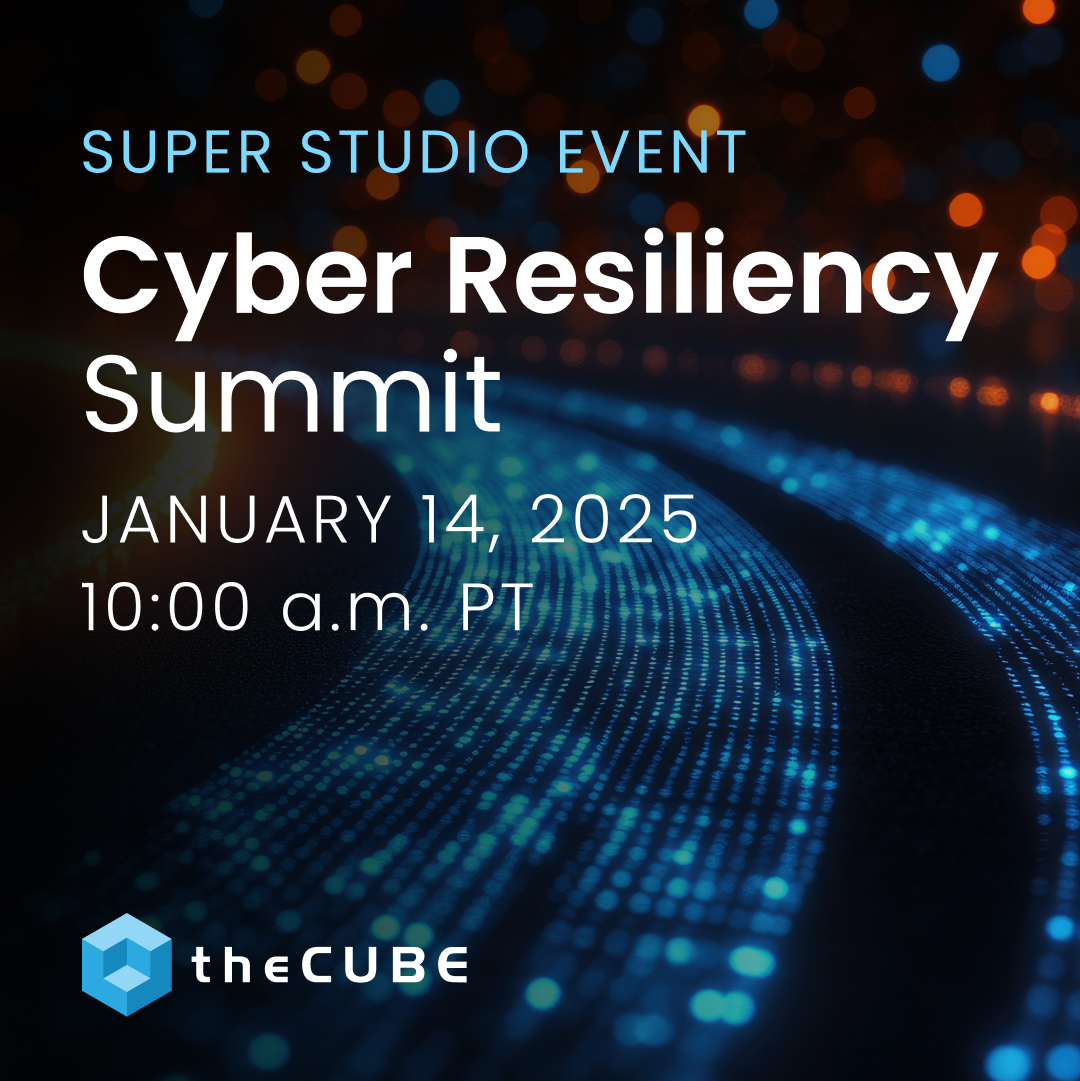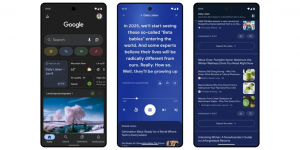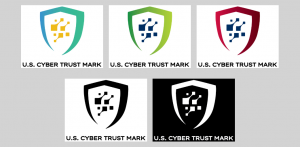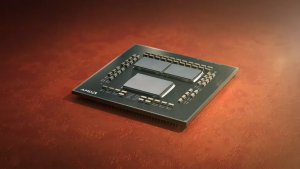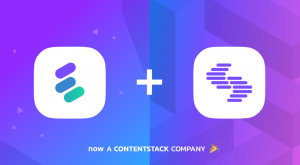The e-Reader: Tablets’ New Roomie
![]() There’s no denying that we are already in the digital era. Almost everyone is lugging around a laptop, a smartphone, a tablet or an e-reader. Smartphones are really portable and small, but they also have small screens and it gets frustrating when you keep hitting the wrong keys. So you also bring a laptop, a tablet or an e-reader. But if people had to choose between laptops, tablets or e-readers, they would likely choose either a tablet or an e-reader because they’re lighter and take up less space. So with various e-readers out in the market, which one should you choose?
There’s no denying that we are already in the digital era. Almost everyone is lugging around a laptop, a smartphone, a tablet or an e-reader. Smartphones are really portable and small, but they also have small screens and it gets frustrating when you keep hitting the wrong keys. So you also bring a laptop, a tablet or an e-reader. But if people had to choose between laptops, tablets or e-readers, they would likely choose either a tablet or an e-reader because they’re lighter and take up less space. So with various e-readers out in the market, which one should you choose?
Barnes & Noble received a $204 million investment from Liberty Media last month, which propelled the growth of their Nook e-reader. Their shares increased by 15% or $13.13, as their e-readers sales increased, though their book sales decreased. Barnes & Noble sells their e-book in their stores unlike Amazon, who enjoys the luxury of selling their products online. Perhaps that’s why Nook e-readers only account for 26-27% in US market sales.
Sony is rumored to be launching an e-reader, the Sony PRS-T1, that would sell somewhere between $150-$190. The Sony PRS-T1 is the lightest and most stylish e-reader and is encased in a black, white or burgundy-red plastic. It has a 6” screen capable of multitouch functions and easy navigation, it’s Wi-Fi ready so you can download from the Sony Reader Store, and it comes with a stylus so users can easily write down notes on the pages, an appeal for students. But the appearance of the stylus plus the expensive price tag are making critics raise their eyebrows, thinking that Sony’s only hope for selling this device is if they launch a Harry Potter edition of the e-reader complete with all the seven Harry Potter novels. Potter’s magic spurs the publishing industry even in the digital era.
The Kobo is also revamping their e-readers with the launch of the Kobo Touch. The new e-reader features life-like reading with realistic page turns. It’s lightweight, comes in stylish colorful designs, it’s Wi-Fi ready for browsing and purchasing of books and has a new feature, Read On, that awards readers just by reading.
![]() The Amazon Kindle is a top choice for e-readers as it can hold up to 3,500 titles, and has a wider selection of books, magazine articles and blogs. Amazon is rumored to be launching a new Kindle, the Kindle Scribe, which an e-reader sans the traditional buttons. It too comes with a stylus. But the most talked about Amazon tablet rumor is in regards to a 7-inch tablet to be released by October of this year, and a 10.1 tablet due out by 2012.
The Amazon Kindle is a top choice for e-readers as it can hold up to 3,500 titles, and has a wider selection of books, magazine articles and blogs. Amazon is rumored to be launching a new Kindle, the Kindle Scribe, which an e-reader sans the traditional buttons. It too comes with a stylus. But the most talked about Amazon tablet rumor is in regards to a 7-inch tablet to be released by October of this year, and a 10.1 tablet due out by 2012.
If you want an e-reader but don’t want to pay too much, you can try Pandigital Nova. A 7-inch e-reader with a resistive color touch screen–a thin film covers the screen which hinders the touch capability a bit but works well with a stylus or the tip of your fingernail. It also has expandable storage via microSD, it’s Wi-Fi ready and comes with basic front and back cameras.
And as tablets also act as e-readers, the most popular being Apple’s iPad, the company has once again incurred the wrath of yet another publisher with their new subscription rules. The Financial Times app was pulled from the App Store as they refused to shell out 30% of their monthly revenue to Apple, choosing the HTML5 route that enables paying subscribers to see their content at app.ft.com
In a recent Nielsen survey, it was found that younger males were the first ones to take notice of these devices and utilize them but as these devices become more popular, more women, especially older women, are paying more attention to tablets and readers. E-readers have been around longer than tablets but it’s just now that both devices have seen a significant increase in sales.
There have been significant increases in tablet and e-reader users as tablet users in the age group of 55 and above have increased from 10% to 19%, while e-readers in same group increased from 25% to 30%. Women are more inclined to buy e-readers compared to tablets as their numbers increased from 46% to 61%.
The increase in popularity of these devices especially in women and older users is simply due to the fact that these two groups enjoy reading more than younger males. E-readers are small enough to put in woman’s purse and light enough for elder people to carry. The sales of e-readers have been estimated to account for 6.4% of the trade book market in 2010 and that is expected to triple by the end of 2011.
Though these electronic devices threaten to end the existence of actual books, Marlene Zeiler, who runs Tall Tale Book Shop in Toco Hills, the oldest independent book seller in Atlanta, believes that her bookstore can survive the digital era as she believes that no electronic device can compare to the experience of reading an actual book with great illustrations to your kids or grandkids. She just has to manage to keep paying her employees, buy books and sell them in order to survive the digital wave.
A message from John Furrier, co-founder of SiliconANGLE:
Your vote of support is important to us and it helps us keep the content FREE.
One click below supports our mission to provide free, deep, and relevant content.
Join our community on YouTube
Join the community that includes more than 15,000 #CubeAlumni experts, including Amazon.com CEO Andy Jassy, Dell Technologies founder and CEO Michael Dell, Intel CEO Pat Gelsinger, and many more luminaries and experts.
THANK YOU







